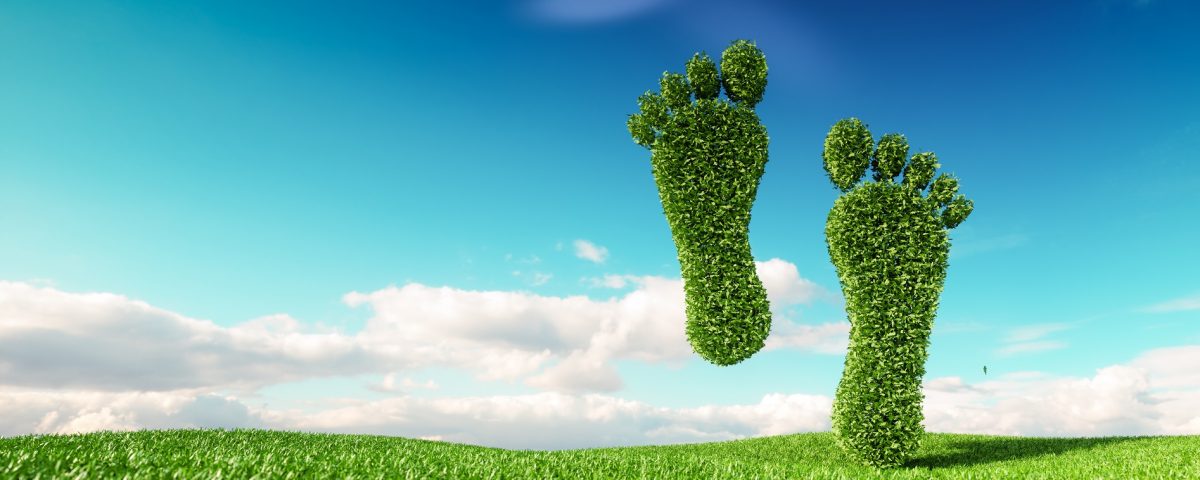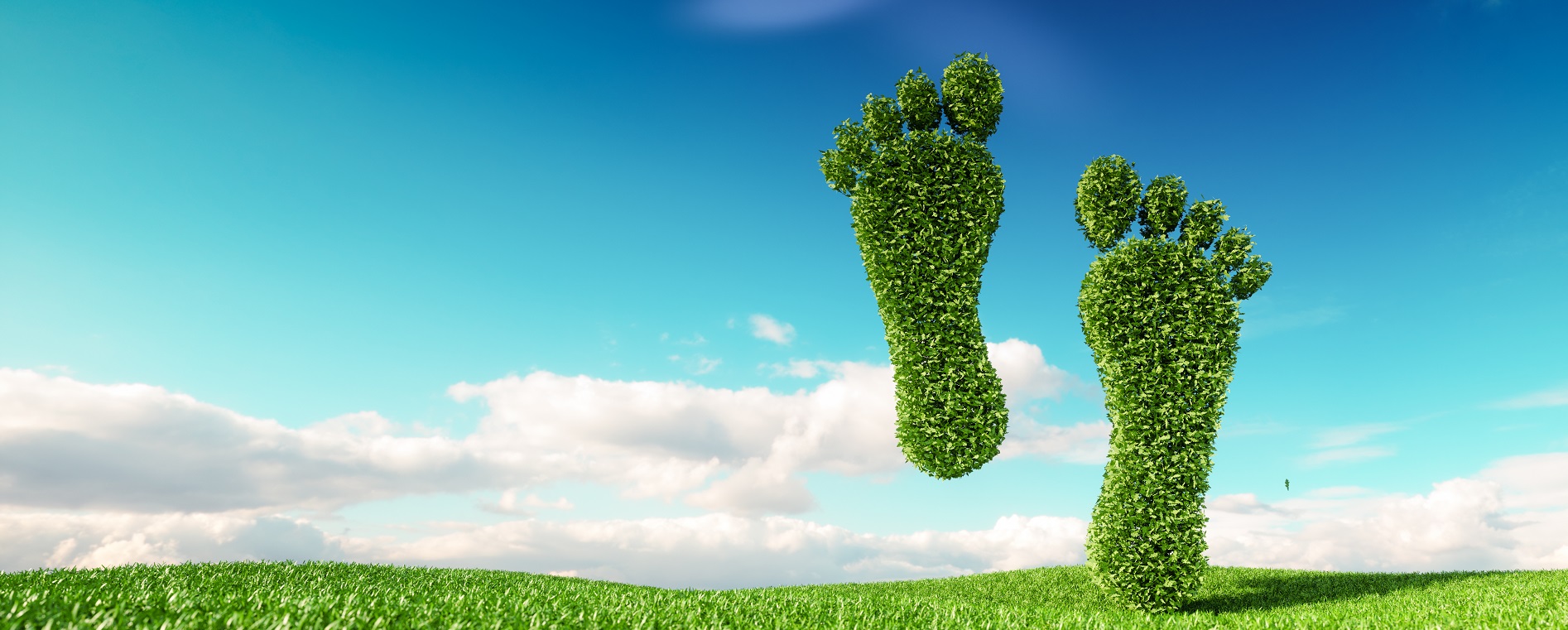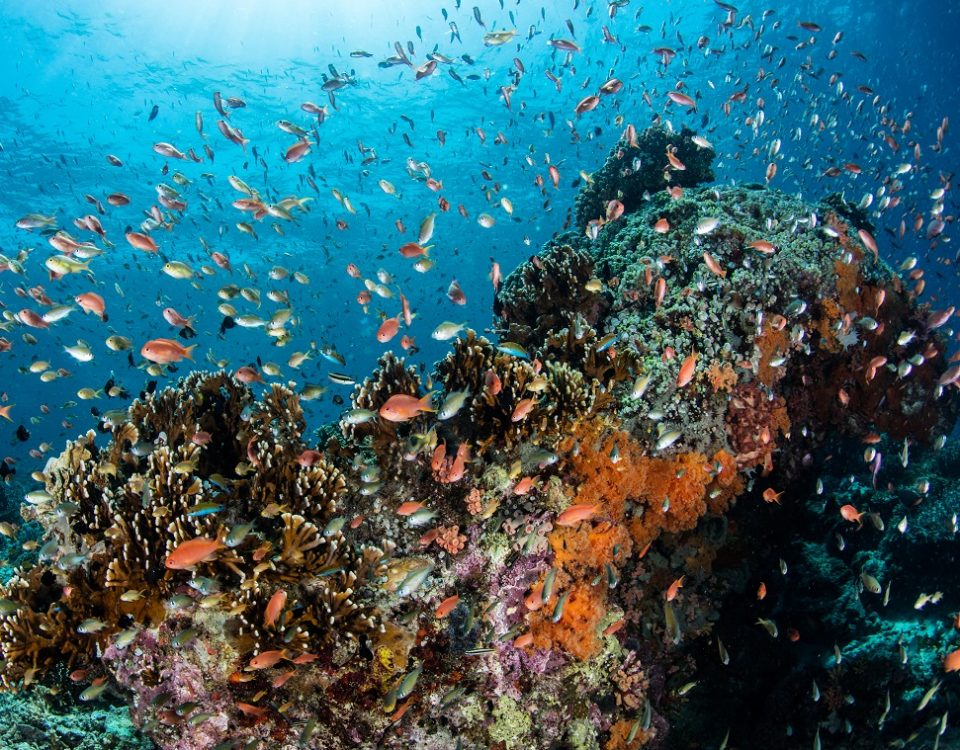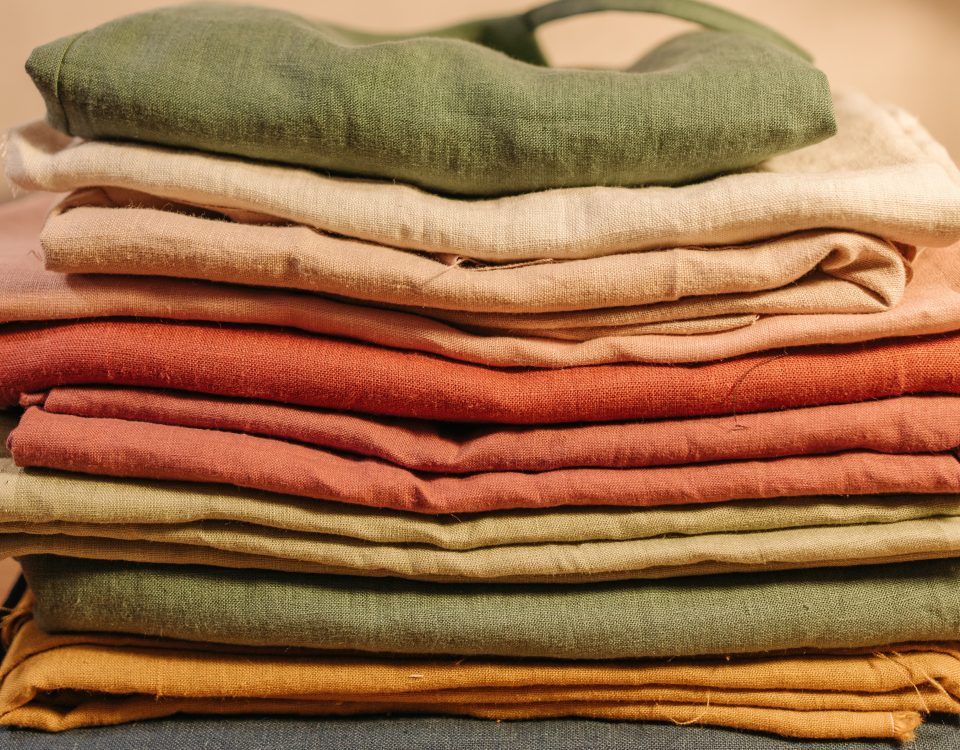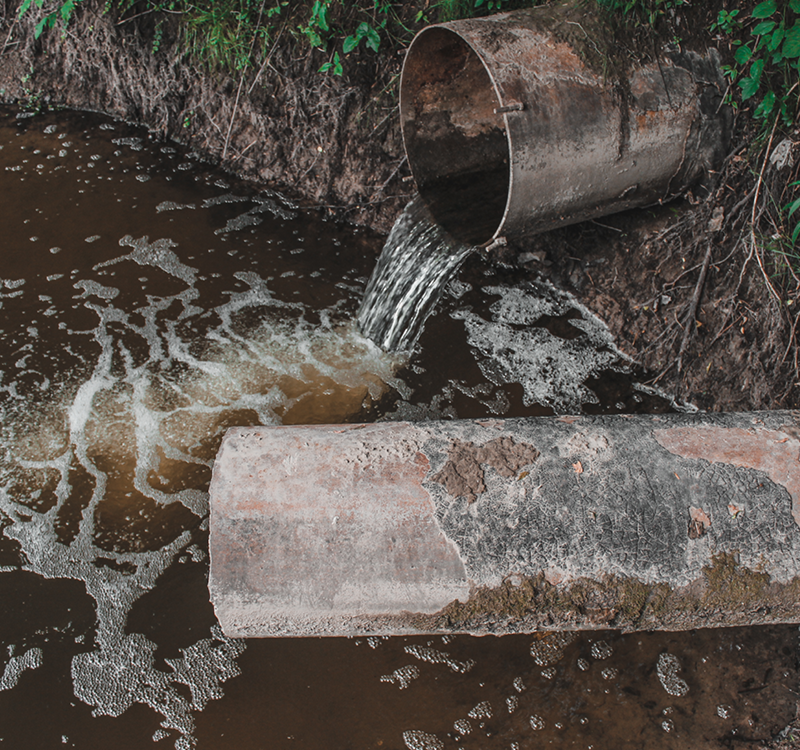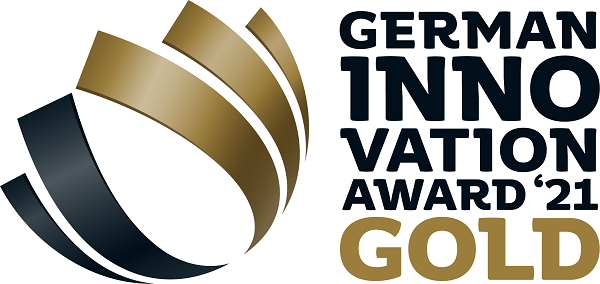
German Innovation Award
18. May 2021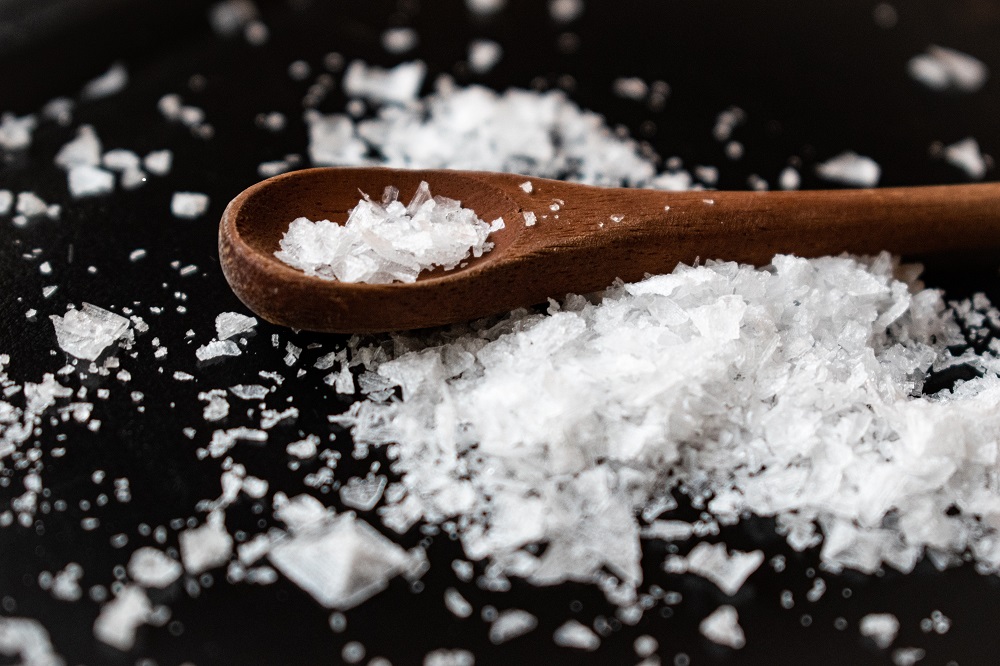
Microplastics in sea salt
10. July 2021Virtual Microplastics
,Microplastics Footprint
undMicroplastic-Free Production
We've been looking at the
definitions and terms around microplastics
again recently. In doing so, we noticed that a few new terms would be helpful to talk about this really complex topic. We introduce these terms in this blog post. They primarily draw attention to oneaspect of microplastics
that has received rather little attention so far. The microplastics that are created in industrial production processes - whose release into the environment we want to prevent in the future with Wasser 3.0 detect | remove | reuse.A-ha moments and blind spots
There are these moments when the scales fall from your eyes. We recently had such a moment when we were once again thinking about how we could describe our innovations and approaches and their meaningfulness even better and more comprehensibly. The struggle for words and phrases led to the sudden realization that there is a big blind spot in the discussion about microplastics so far. A fact that has not really been named, but that could, should, will be one of the major fields of activity of our technology and strategy detect | remove | reuse. A fact that is responsible for many tons of microplastics in the environment.
In fact, there are already terms for this that are widely used, but not yet for the area of
microplastics
. We want to change that and define the terms virtual microplastics and microplastics footprint and connect them with a direct reference to action - a certification for the microplastic-free production.What are virtual microplastics?
Primary and secondary, indirect and direct microplastics are terms that many political, industrial, and (civil) societal actors are familiar with these days.
While microplastic-free products already exist in some cases and will increasingly exist (keywords self-commitment of the cosmetics industry, inclusion of primary microplastics in REACH), with the term virtual microplastics, we take aim at industrial production processes .
While microplastic-free products already exist in some cases and will increasingly exist (keywords self-commitment of the cosmetics industry, inclusion of primary microplastics in REACH), with the term virtual microplastics, we take aim at industrial production processes .
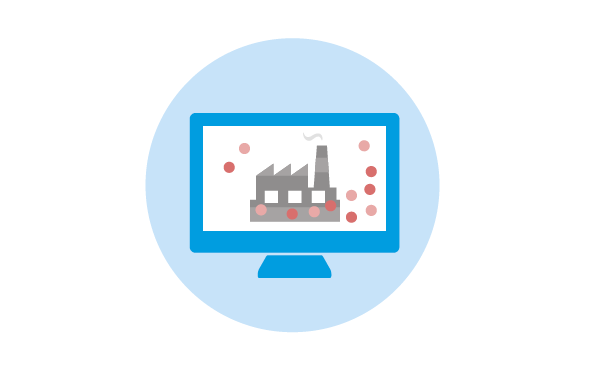
Virtual microplastics are created by the use of plastics in industrial production and manufacturing. They are used in large quantities and many processes - even if the end product does not contain any plastics at all.
Virtual microplastics are created in almost every production step
and are behind almost every industrially manufactured product.Due to a lack of regulations for handling plastics and microplastics, these virtual microplastics are discharged into surrounding water bodies or the sewage system with industrial wastewater.
Virtual microplastics are thus a direct source of microplastics input into the environment that few are aware of and that is little addressed.
In light of the fact that, for example, 370 million tons of polymers were produced and processed in 2019 (Statista) and estimates state that 250,000 tons of microplastics are washed into the environment each year from the production of polymers alone, we think it is high time to face the facts in a solution-oriented manner.
The Microplastics Footprint - the look behind the scenes
Over 200 different polymers and plastics are used in the production and manufacture of industrial products. They are not necessarily part of the final product and thus not identified on the packaging (primary microplastics).
From our everyday lives, we are already familiar with terms that describe what is not immediately visible. The virtual water of a product is a typical example. In our German download section you can find a fact check on this.
Another term that is directly linked to our lives and is increasingly coming into focus in the course of climate discussions, is the CO2 footprint.
So now - the microplastics footprint. With this, we would like to close communication and action gaps in the field of microplastics. Because the microplastics footprint makes a calculation, which does not exist so far in such a way. With it, we calculate the total input of microplastics into the environment caused by a product - from the start of production to the end of its life cycle. I.e. until the product either becomes a new use product (recycling) or is incinerated.
This is the equation: primary microplastics + virtual microplastics = microplastics footprint.
From our everyday lives, we are already familiar with terms that describe what is not immediately visible. The virtual water of a product is a typical example. In our German download section you can find a fact check on this.
Another term that is directly linked to our lives and is increasingly coming into focus in the course of climate discussions, is the CO2 footprint.
So now - the microplastics footprint. With this, we would like to close communication and action gaps in the field of microplastics. Because the microplastics footprint makes a calculation, which does not exist so far in such a way. With it, we calculate the total input of microplastics into the environment caused by a product - from the start of production to the end of its life cycle. I.e. until the product either becomes a new use product (recycling) or is incinerated.
This is the equation: primary microplastics + virtual microplastics = microplastics footprint.
The microplastic-free production
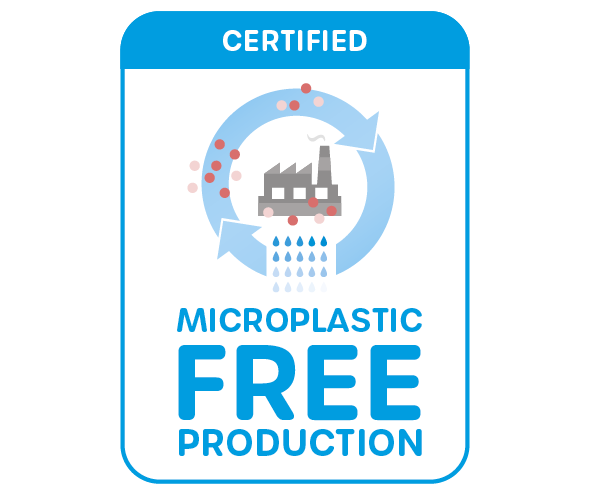
We see determining the microplastics footprint and implementing microplastic-free productions as our future core tasks at Wasser 3.0. Finally, we have the right terms for it! We address these challenges in an action-oriented, SDG-driven and future-focused manner.
We therefore take this opportunity to introduce our certification Microplastic-Free Production for companies.
Although there are no limit values yet, this certification is of interest to those companies that want to responsibly and proactively position themselves as pioneers for waters without microplastics.
The microplastic-free production prevents the entry of - virtual - microplastics into the environment and does so where it is most effective and easiest: directly at the source. And it does so without incurring major costs.
We therefore take this opportunity to introduce our certification Microplastic-Free Production for companies.
Although there are no limit values yet, this certification is of interest to those companies that want to responsibly and proactively position themselves as pioneers for waters without microplastics.
The microplastic-free production prevents the entry of - virtual - microplastics into the environment and does so where it is most effective and easiest: directly at the source. And it does so without incurring major costs.

